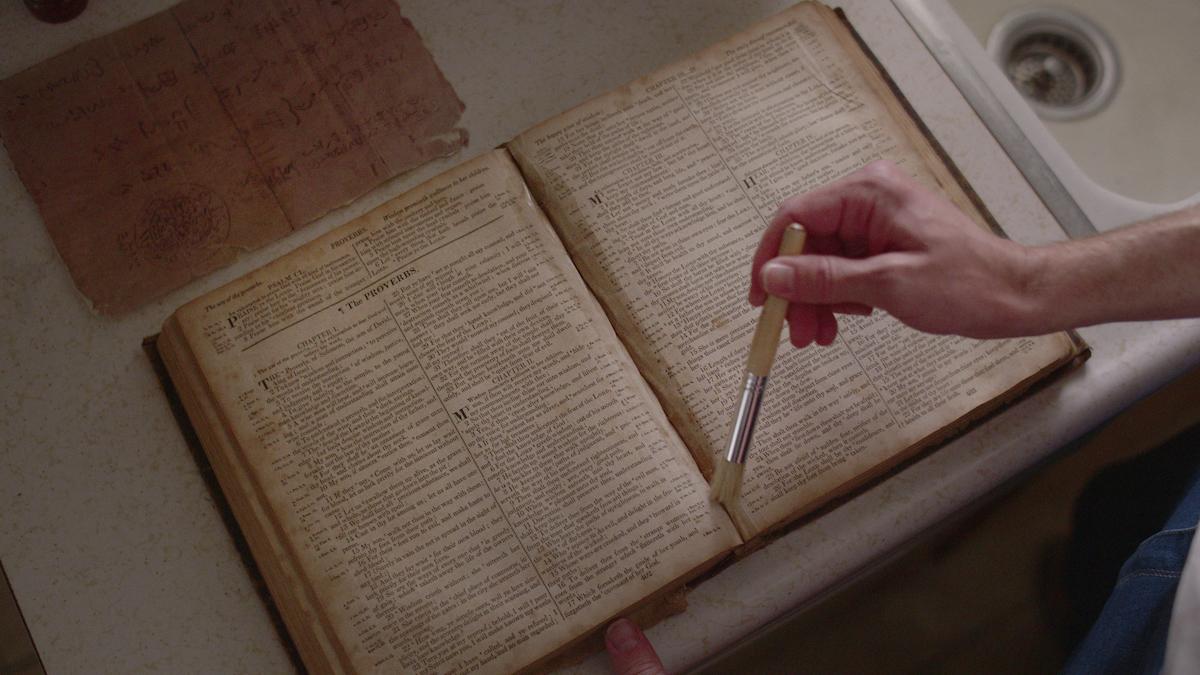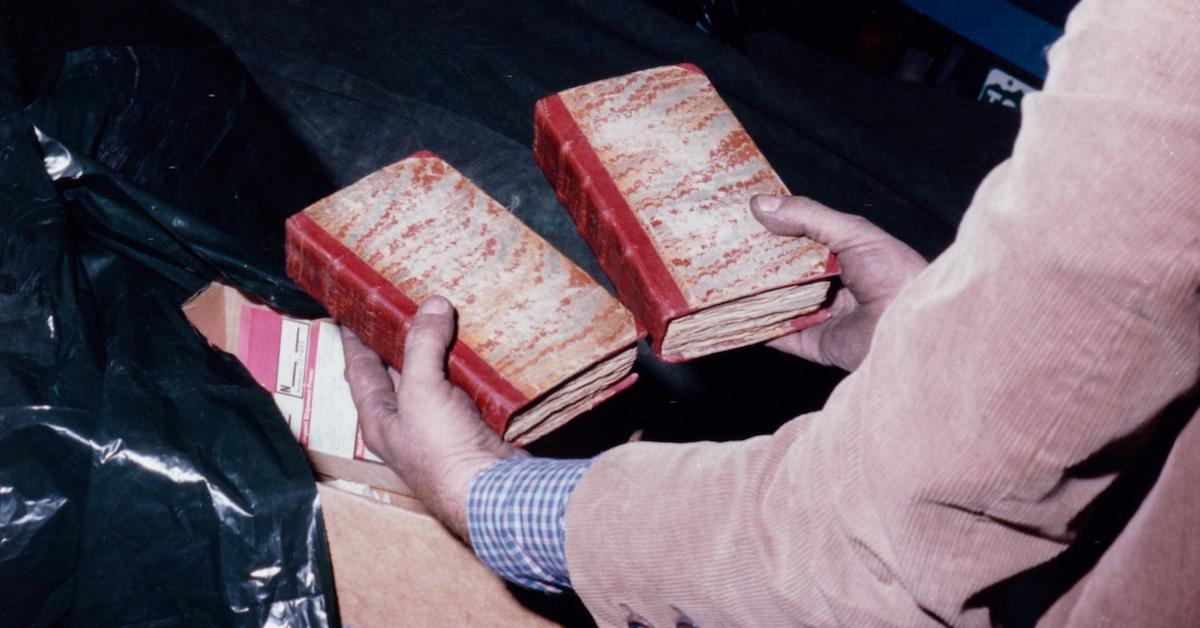Here's What You Need to Understand About the 'Murder Among the Mormons' Salamander Letter
Published March 3 2021, 4:22 p.m. ET

Netflix is adding yet another true crime docuseries to its already extensive roster. Murder Among the Mormons is a three-part production that explores the tragic 1985 bombings in Salt Lake City and the events that led up to that terrible day.
One of the most shocking crimes that rocked the Mormon community, the bombings were later found out to be related to a collection of rare, recently uncovered historical documents about Mormon history.
Among those documents was the now infamous letter known as the White Salamander Letter, which called into question the very foundations that Mormonism was built on.
But what exactly is the Salamander Letter from Murder Among the Mormons? Keep scrolling to learn more.

What is the Salamander Letter from 'Murder Among the Mormons'?
To understand the Salamander Letter and its implications for the Church of Jesus Christ of Latter-Day Saints, let’s take a quick look at the accepted history of Mormonism.
The orthodox history of the LDS Church states that their founder, Joseph Smith, was visited by the angel Moroni and told about the buried ancient records that would go on to become The Book of Mormon.
Now let’s fast forward to the 1980s when document dealer Mark Hofmann was one of the main characters working in the market for rare Mormon documents. Hofmann rose to fame in the Mormon community when he found several important, original documents that he sold to the LDS Church and to private collectors.
In 1984, Hofmann produced the Salamander Letter, which was written by Martin Harris to William W. Phelps and cast doubt on the official version of events about the founding of Mormonism.
In the letter, Harris connected the beginnings of Mormonism with folk magic and claimed that Joseph Smith’s spiritual experience was actually the result of traditional folk magic practices, which ran contrary to the official story of an angel showing Joseph the spiritual texts.

The letter also claimed that Joseph was at first prevented from retrieving the texts by a white salamander that transformed into an old spirit, which furthered the idea that the origins of Mormonism were steeped in traditional pagan magical practices.
The only problem with the letter was that document dealer Mark Hoffmann actually turned out to be a document forger. While he certainly appears to have come across some genuine documents in his time, most of Mark’s "findings" tended to be forgeries.
Naturally, the contents of the letter caused quite a stir among the Mormon community, as had been Hofmann's hope. He attempted to sell the letter to the LDS Church but eventually sold it to a private dealer who wanted to donate it to the church.
Hofmann might have gotten away with his scheme if he hadn’t continued with his grift.
He kept producing fake documents and ended up borrowing a lot of money through his contacts with the church. But everything fell apart when he was unable to produce a set of documents that he had borrowed money against, which threw Hofmann into a panic.
Struggling under the huge debt he owed, Hofmann made and sent homemade pipe bombs that killed two people in an attempt to distract the investigators who were closing on him for the forgeries. Hofmann eventually got caught when the third bomb went off prematurely and the police subsequently found out about his entire enterprise.
Hofmann would go on to plead guilty to the forgeries and murders and was sentenced to life in prison.
He’s currently still incarcerated at Central Utah Correctional Facility.